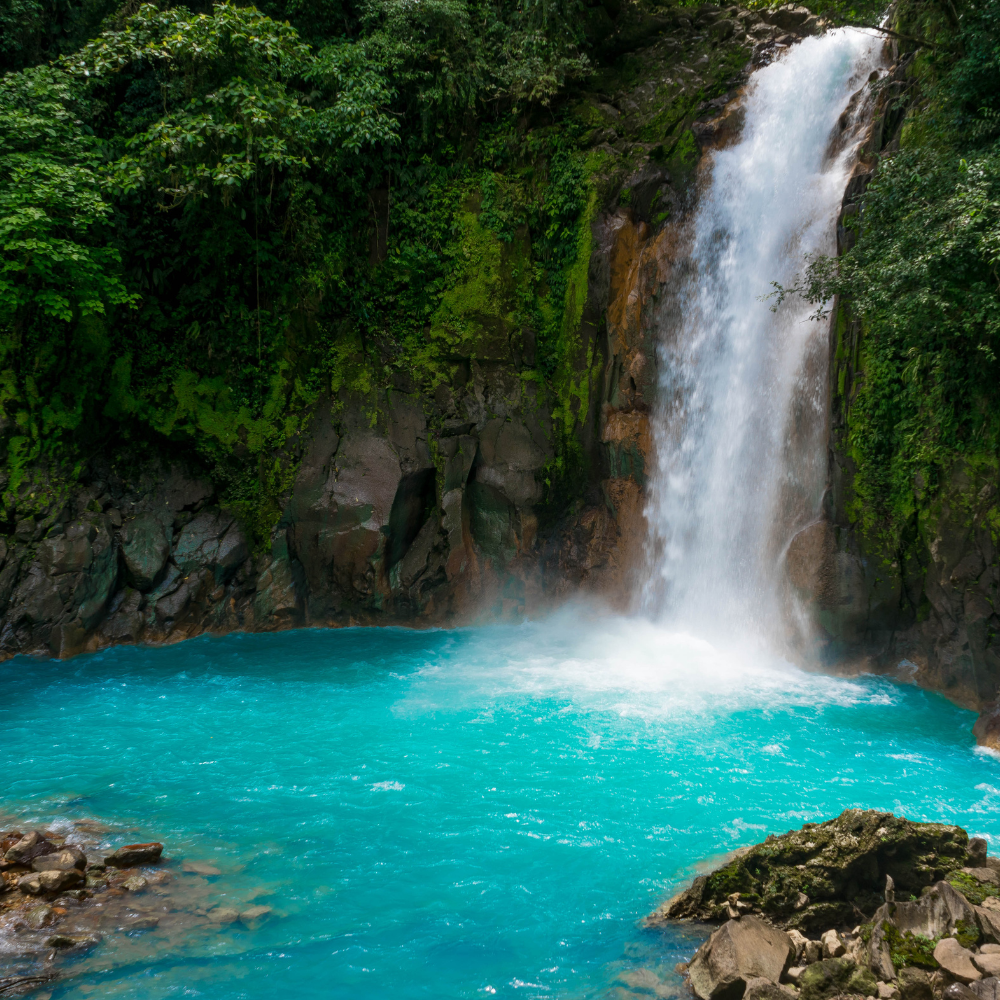5 Nature Tourism Spots You Must Visit

When the bustling urban life becomes too overwhelming, nature tourism offers a serene escape, allowing us to reconnect with our environment in ways that are both profound and rejuvenating. From dense forests to breathtaking beaches, here are five nature tourism spots that are not just destinations but experiences, promising a blend of adventure, peace, and awe-inspiring beauty.
The Amazon Rainforest

The Amazon Rainforest, often referred to as the ‘Lungs of the Earth,’ is an ecological wonder that spans multiple South American countries. Known for its unparalleled biodiversity, here are some key features:
- Biodiversity: Home to around 400 billion individual trees, 2.5 million insect species, and tens of thousands of plants.
- Activities:
- Canoeing on the Amazon River.
- Jungle treks to spot wildlife like jaguars, sloths, and exotic birds.
- Visits to indigenous communities to learn about their traditions.
🌿 Note: Always book with tour operators who prioritize sustainability and respect for indigenous rights.

Yosemite National Park, USA

Yosemite’s iconic landscape with its granite cliffs, waterfalls, and giant sequoia trees, offers a visual spectacle like no other. Here’s what makes it special:
- Iconic Features: El Capitan, Half Dome, and Bridalveil Fall.
- Activities:
- Hiking trails like Mist Trail for a close encounter with waterfalls.
- Rock climbing for the adventurous.
- Photography to capture nature at its best.
Great Barrier Reef, Australia

Considered the largest coral reef system in the world, the Great Barrier Reef is a marvel that’s best experienced under water. Here’s what to expect:
- Marine Life: Over 1,500 fish species, 411 types of hard corals, and 133 varieties of sharks and rays.
- Activities:
- Snorkeling and scuba diving.
- Glass-bottom boat tours.
- Eco-tourism experiences focusing on conservation.
🌊 Note: Be mindful of your environmental impact; participate in or support reef conservation efforts.
The Serengeti, Tanzania

Famed for the world’s largest overland mammal migration, the Serengeti National Park is an endless plain of grasslands and savanna. Here are some highlights:
- Wildlife: Large herds of wildebeest, zebras, and gazelles, along with the ‘Big Five’ animals.
- Activities:
- Safari game drives.
- Hot air balloon safaris for panoramic views.
- Guided bush walks for an intimate nature experience.
Halong Bay, Vietnam

Halong Bay’s surreal beauty, with its thousands of limestone islands and islets, provides a backdrop for tranquility and wonder. Key points include:
- Scenic Beauty: A UNESCO World Heritage site, offering stunning views at dawn and dusk.
- Activities:
- Cruises through the bay.
- Kayaking, caving, and island hopping.
- Visiting floating fishing villages.
Visiting these nature tourism spots is not just a journey through stunning landscapes but also a voyage into the heart of what makes our planet uniquely beautiful. Each destination offers its own set of experiences, blending adventure with introspection, giving us a chance to step back from our daily lives and embrace the natural world's grandeur.
What should I pack for a nature tourism trip?
+Packing for nature tourism depends on the destination, but here are some essentials:
- Comfortable, weather-appropriate clothing.
- Hiking boots or sturdy shoes.
- Sun protection (hat, sunglasses, sunscreen).
- Insect repellent and basic first aid kit.
- A reusable water bottle, camera or smartphone for photos.
- A waterproof bag for electronics in rainy or water-rich areas.
How can I visit these nature spots sustainably?
+Sustainable travel means:
- Choosing eco-friendly accommodation and tours.
- Reducing your carbon footprint by traveling less or choosing less impactful transportation.
- Respecting wildlife and habitats; keep a safe distance and avoid feeding animals.
- Leaving no trace; take nothing but photos, leave nothing but footprints.
- Supporting local economies by purchasing local products.
Is nature tourism safe for everyone?
+Nature tourism can be safe for all, but it requires:
- Being aware of your physical limitations and choosing activities accordingly.
- Understanding the environmental hazards and wildlife risks specific to each destination.
- Staying updated with weather conditions and adhering to travel advisories.
- Hiring reputable guides who prioritize safety and conservation.
- Carrying appropriate gear and emergency contact numbers.
Related Terms:
- Ecotourism destination in Indonesia
- What is ecotourism and example
- Ecotourism adalah
- Nature vacation
- Nature destinations
- beautiful natural scenery in india


